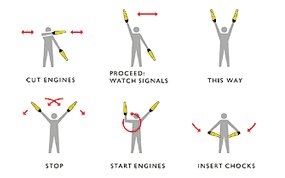Jun 12 2022
Perspectives On Probability In Operations
The spirited discussions on LinkedIn about whether probabilities are relative frequencies or quantifications of beliefs are guaranteed to baffle practitioners. They come up in threads about manufacturing quality, supply-chain management, and public health, and do not generate much light. Their participants trade barbs without much civility, and without actually exchanging on substance.
The latest one, by Alexander von Felbert, is among the more thoughtful, and therefore unlikely to inspire rants. I do, however, fault it with using words like “aleatory” or “epistemic” that I don’t think are helpful. I am trying to discuss it here in everyday language, and to apply the concepts to numerically specific cases, with an eye to operations.
While there are genuinely great and not-so-great ideas, the root of the most violent disagreements is elsewhere, with individuals generalizing from different experience bases. You may map probability to reality differently depending on whether you are developing drugs in the pharmaceutical industry, enhancing yield in a semiconductor process, or driving down dppms in auto parts. The math doesn’t care as long as you follow its rules, and it doesn’t invalidate other interpretations.






Jun 30 2022
A Kaizen Case Study
This is the start of a new section of this blog, about case studies. The stories do not have to be extraordinary but they have to be real, from factories large and small. The Japanese example below is a manga. It’s a difficult art, and I am not expecting anyone to submit cases in this form. An infographic showing before and after states, methods used, and results achieved would be plenty. I will then format it for this blog and post it in this category.
Share this:
Like this:
By Michel Baudin • Case studies 0